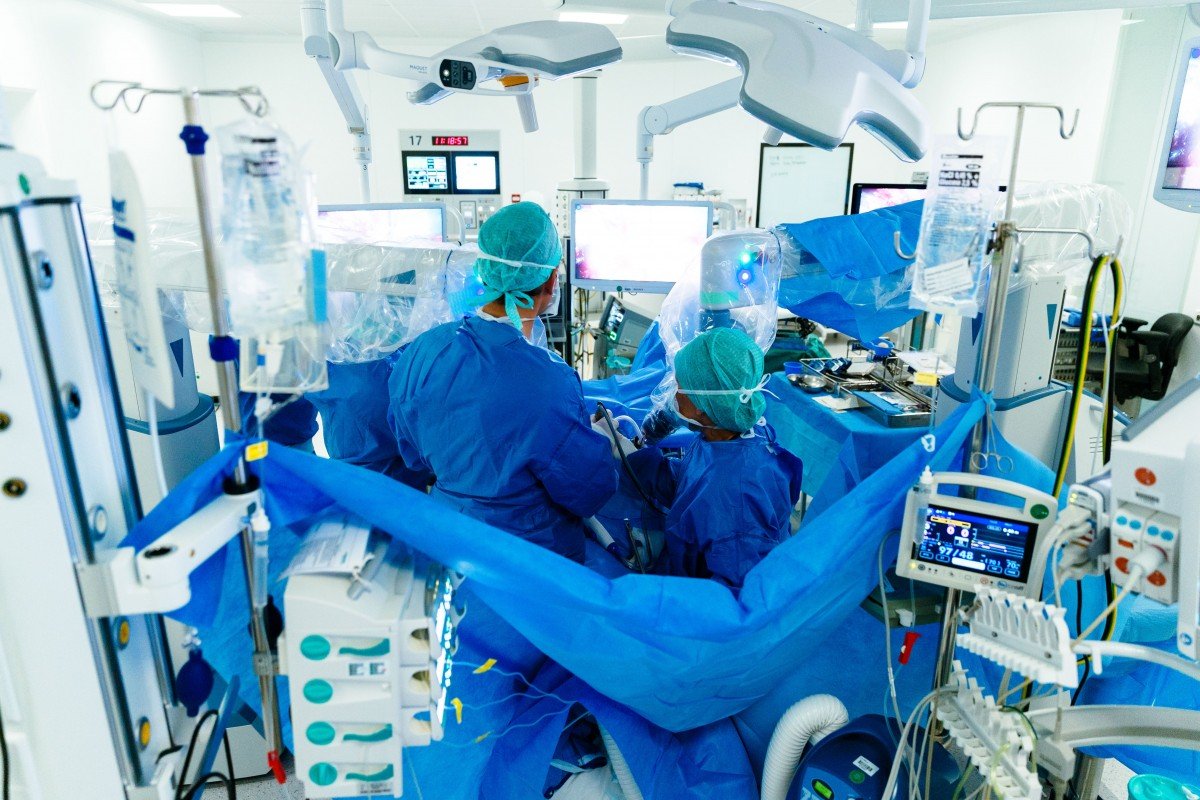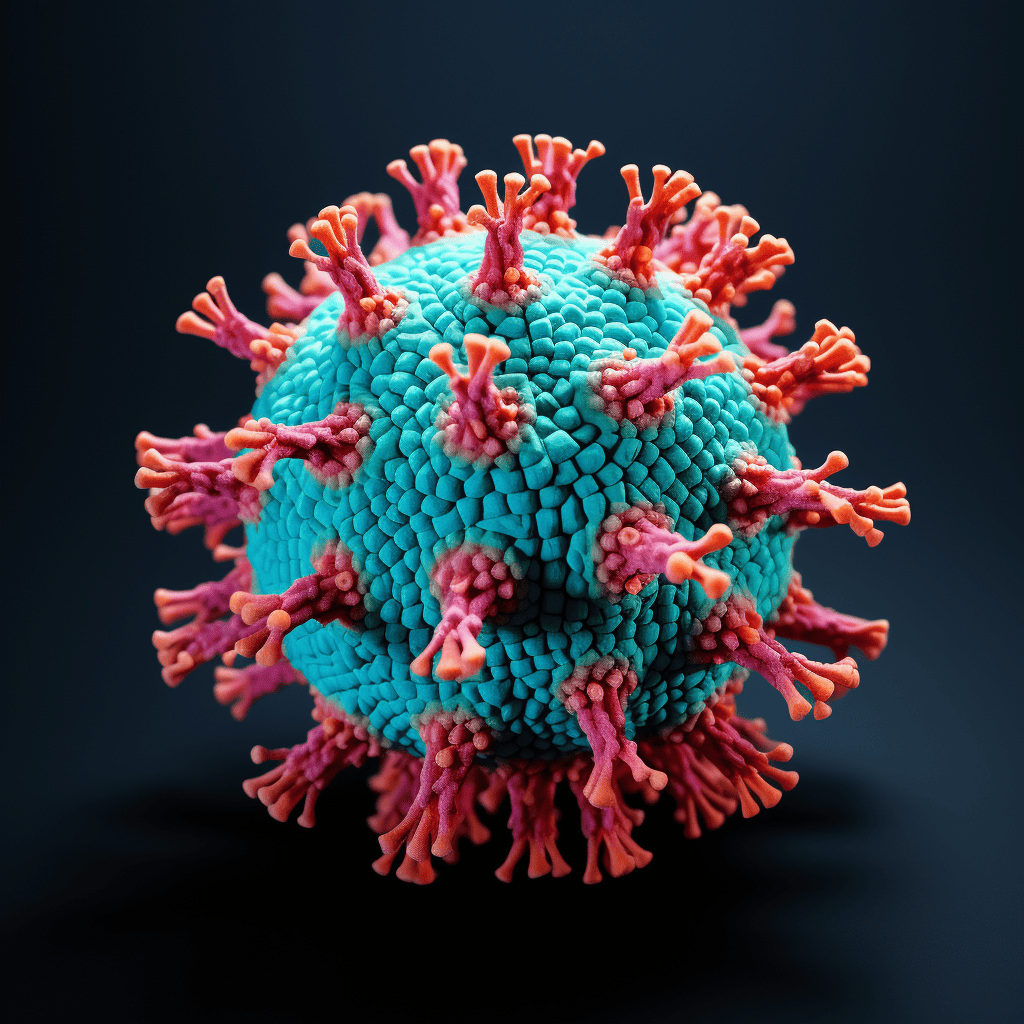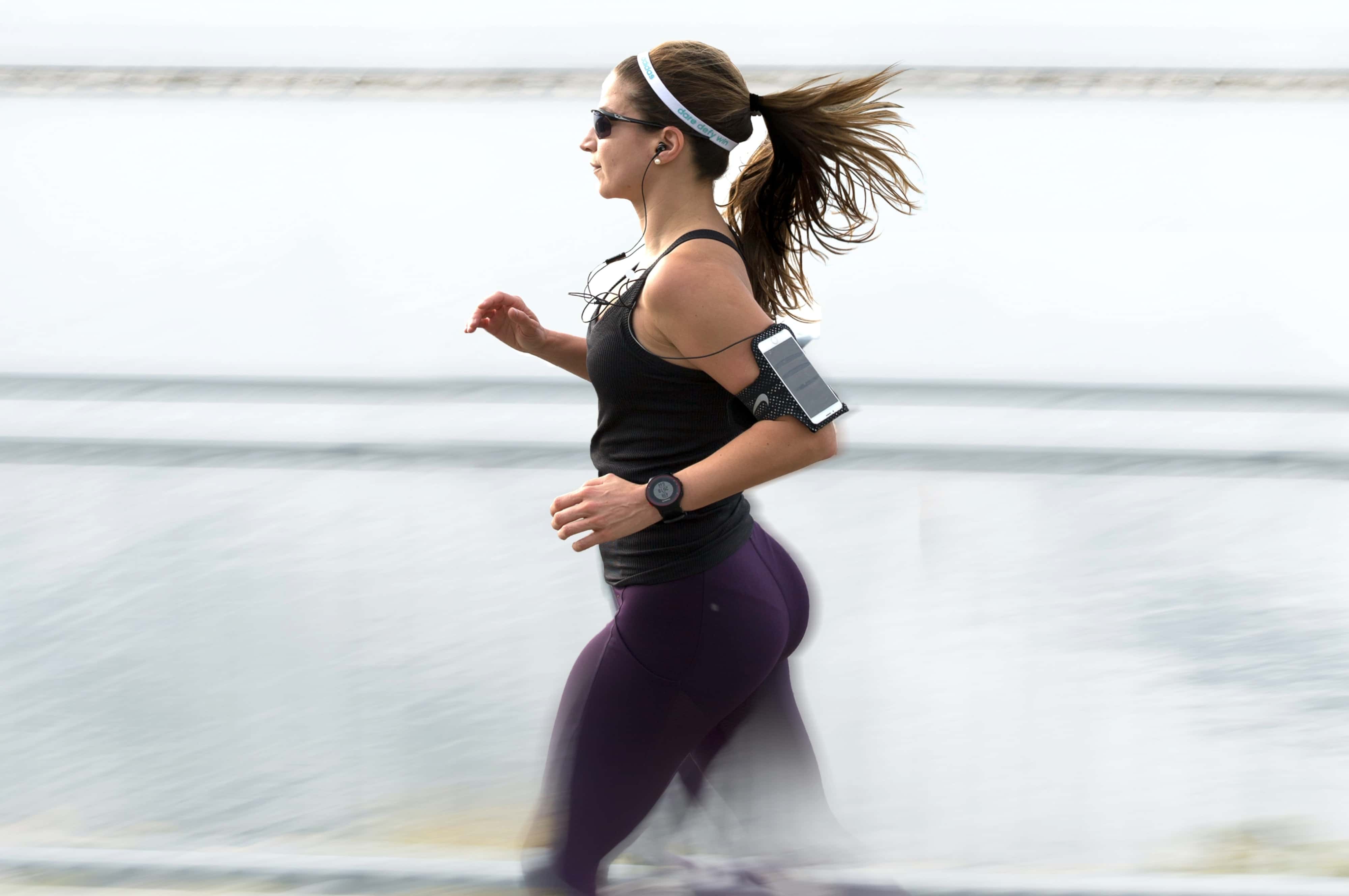
If ever there has been an innovation of tremendous importance in 2020, then it is the development of the corona vaccine. To a large extent, the SARS-CoV-2 pandemic has set the agenda. Even in the world of science and innovation. This is not necessarily such a bad thing. Based on the principle ‘never waste a good crisis’, all kinds of developments have been accelerated and even some new technologies were born. Innovation Origins looks back this month on the innovations and developments that the editorial staff has reported on over the past year. The theme today is ‘health’.
The world has been eagerly awaiting vaccines that will free us from the grip of corona. Everyone has been following the developments closely. As a result, the quest for a remedy against corona was the most important topic when it came to the coverage of innovations in the healthcare sector.
The corona crisis even led to help from a very unexpected quarter. When there was a worldwide shortage of ventilation equipment, the Mercedes-Benz Formula 1 team and seven Formula 1 teams from the United Kingdom came to the rescue.
Cancer Research
But of course much more has happened in the field of health over the past year. For example, global research into cancer and the treatment and prevention of this disease continues unabated. Every week there is news to report about advancements in insight or improved treatment.
For example, Brabant hospitals had a world premiere with the use of the revolutionary new localization technique ‘Pintuition’ from Sirius Medical. By marking a tumor in the breast with a magnetic marker that is as large as a grain of rice, patients can be operated on in a more patient-friendly and efficient way, with better cosmetic results.
Another important development this year was a new method that provides a patient with clarity about suspected bowel cancer within just 30 minutes. Using artificial intelligence, the researchers were able to distinguish within half an hour between different types of tumors with great accuracy and determine what type of tumor it is.
More and more intelligent systems
What has become clear over the past year is that this kind of artificial intelligence is playing an increasingly important role. In the near future, it will not only be the surgeons themselves who decide on the basis of their skills and experience how an operation should proceed. Tthey will increasingly be supported by computer-controlled assistive systems when performing this difficult job soon enough.

Then it is not the medical specialist who asks a surgical assistant for a particular instrument, but an intelligent system that proposes a certain approach to the surgeon. Such a smart system can also warn of any potential complications associated with the use of a particular instrument.
The development goes even further than just smart advice from a computer. In more and more operating rooms robots are being introduced to assist with operations. Versius, the robot from CMR Surgical for example. Thanks to its modular design, each individual robotic arm can be repositioned effortlessly. The robot’s technology makes it possible to connect instruments with 3D HD imaging and intuitive instrument control mechanisms. Robots are becoming increasingly important, especially for precision surgeries such as eye surgery.
Support for healthcare providers
Nursing staff can also expect to benefit more and more from the support of smart systems over the years to come. TraceBook collects data from various systems (pharmacies, lab results and medical data) and formulates individual advice that is appropriate for the patient’s situation. Using algorithms, the tool analyzes the patient’s data and provides scientifically substantiated advice to healthcare providers.
Similarly, the GemVision SmartGlass was also recently put into service. This constitutes a pair of VR goggles for home care workers, for example. If they have to dress a complex wound, a nurse can use these glasses to watch from a distance and give instructions.
In the Dutch VieCuri hospital, for instance, a wound is examined with a Hyperspectral Imaging (HSI) camera. Employees of the Dutch Wound Expertise Center (WEC) can see with an image taken by the camera whether the wound will heal normally. A very small camera will make the usually not particularly pleasant gastroscopy procedure a piece of cake.

Instead of a thick tube that is guided through the esophagus, the patient will soon swallow a mini-camera at their GP’s clinic. This is connected to an external magnetic control system. The endoscopy capsule is guided through the stomach by means of an external magnetic conduction system. A built-in sensor system sends a real-time image of the inside of the stomach to a monitor.
Service robot still needs to gain a sense of touch
The step to an actual service robot that performs tasks independently at the (hospital) bedside is not that far away anymore. Everywhere in the world this kind of robot is seen as a way to relieve the workload on healthcare. However, it is simpler to think about it than it is to actually do it. Getting someone out of bed is a very complex operation for a robot.
Lifting someone out of bed is not so much a problem for a robot. As long as the motor is strong enough. But this should also be comfortable for the person in question. People know exactly how skin and body feels and how firmly we can grab someone without hurting them. Robots barely have any sense of physical sensation, so it’s hard to estimate that. That’s why robots are now being developed that have sensitivity in their fingers with the aid of sensors.
Incidentally, there is already a robot that can sense very well if you are relaxed enough to get a good night’s sleep. Inside this robot are several accelerometers that measure the movement of your chest. The robot adapts itself to your breathing. The robot gradually induces a slowing breathing rate, which you subconsciously take over from it. Your heart rate goes down as well because of this slower breathing rate.

Smart health apps
Another important development is the emergence of various so-called ‘health apps’ and related applications. For example, Norwegian scientists have developed an app that uses artificial intelligence (AI) to help combat migraines. According to researchers, a daily 10-minute training session with the help of this app could reduce migraine attacks in a lot of patients.
There is also an app that helps (former) cancer patients with cancer-related symptoms of fatigue. The app not only provides them with insight into the cause of their symptoms, but also with tips to boost their energy levels and improve their quality of life.
Another app helps people who have just come out of a revalidation clinic or home. The problem is that once you’re back in your own environment you often forget about the knowledge that you gained there about health, nutrition and relaxation techniques. This app helps you to continue your recovery at home.
Take part in our poll!
[yop_poll id=”8″]
These smart systems can even be integrated into your body. For example, a mini-camera has been developed that is linked to an implant inside the brain. This enables blind people to see again.
There is also an electronic contact lens that can mimic a human iris and how it works. The researchers want to use this lens to offer a solution for people with a damaged or missing iris.
A smart hearing aid makes use of your brainwaves to determine exactly who you want to listen to. The Dutch University of Maastricht has developed a hip strap that gives the body signals to maintain balance if you are suffering from balance disorders. Spanish scientists have equipped shoes with sensors that, based on the way a person walks, can indicate whether a person is suffering from some kind of early-onset degenerative disease.
Bio-printer can quickly make a piece of the human body
Scientists are not yet able to recreate a whole human body. But as far as various parts are concerned, this development is advancing rapidly. Polish scientists are working on a living 3D printed pancreas for diabetics. Scientists based in the Dutch city of Utrecht have built a 3D printer that can be used to make models of e.g. organs or bones. These models are subsequently made of living cells on which, for instance, drugs can be tested.
Plaster on your heart
One of the most eye-catching health news items over the past year was perhaps the plaster for a beating heart. Heart tissue can be damaged by an infarction. It can also be caused by a congenital defect. Research has already been conducted all over the world for such a heart plaster. You cannot just stick a plaster on a wound in the heart muscle. It would be difficult to keep it in place because of its constant motion. Swiss research center Empa has found a solution for this. The scientists developed a tissue-friendly adhesive that sticks to a beating heart and retains its elasticity. The inspiration for this was the enormous adhesive power of an ocean mussel.
You can also read these reviews of the most striking IO articles from 2020:
Flying cars and high-speed hyperloop travel are still in the future
Drones, supercomputers, the rise of robotics and loads of smart apps
Plenty of techniques for a more sustainable world, but it’s about time we started using them








